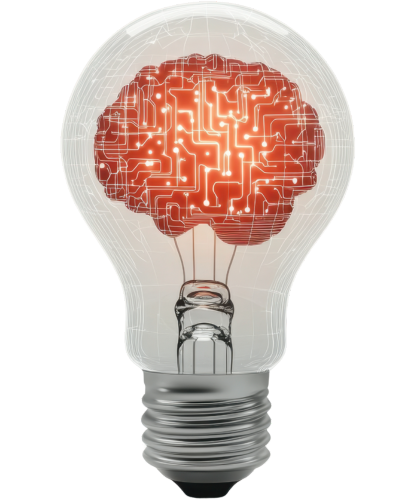




On July 23, 2025, the White House released “Winning the Race: America’s AI Action Plan”, a 28-page strategy document that outlines the federal government’s new approach to artificial intelligence. It follows the issuance of Executive Order 14179 (“Removing Barriers to American Leadership in Artificial Intelligence”) signed by President Trump on January 23, 2025, which reversed Executive Order 14110 adopted under the previous administration.
The Plan lays out more than 90 federal actions structured around three strategic pillars: accelerating innovation, building national infrastructure, and asserting global leadership in AI.
The first pillar focuses on removing regulatory and political barriers that may be slowing down innovation and deployment of AI technologies.
The White House Office of Science and Technology Policy (OSTP) and the Office of Management and Budget (OMB) have jointly launched a Request for Information (RFI) to identify outdated, duplicative, or overly burdensome regulations that unnecessarily impede AI progress. The goal is to eliminate or revise policies that hinder innovation.
The Action Plan emphasizes that “AI systems used by the federal government must be free from ideological bias and designed to pursue objective truth rather than social agendas.” This means federal procurement and funding will favor models that demonstrate viewpoint neutrality — a concept left undefined but central to the new direction.
As a result, the National Institute of Standards and Technology (NIST) is instructed to revise its AI Risk Management Framework and related resources to remove references to misinformation, diversity/equity/inclusion, and climate change, which are now deemed out of scope for technical standards.
The federal government encourages the development and use of open-source and open-weight models, arguing that transparency and accessibility are essential for scientific research, competition, and public trust.
NIST will lead the effort to create a national ecosystem of AI evaluations, including public testbeds, model assessments, hackathons, and standard metrics to ensure that models used in government and industry are reliable, safe, and trustworthy.
The Plan supports a worker-first AI agenda, including tax incentives for upskilling, support for local workforce hubs, and research on how AI impacts employment. The objective is to empower workers and minimize displacement.
The second pillar addresses the physical and technological infrastructure needed to scale up domestic AI capabilities.
To speed up the construction of data centers, semiconductor fabs, and power infrastructure, the federal government will adopt Categorical Exclusions under the National Environmental Policy Act (NEPA) and create accelerated permitting pathways across federal agencies.
The Plan recognizes that AI is the first digital service that challenges the United States to vastly expand its energy generation. Key measures include grid stabilization, buildout of reliable baseload capacity (including nuclear and hydro), and modernized transmission infrastructure.
The federal government will continue investing in domestic semiconductor manufacturing, particularly for cutting-edge chips required for AI workloads. Unlike past funding schemes, recipients of CHIPS Act support will not be required to implement “non-merit-based” obligations unrelated to innovation or performance.
New security and performance standards will be established for classified and high-security AI data centers. These will be designed to serve national defense, intelligence, and emergency response needs.
The Plan emphasizes skilled trades training — electricians, HVAC technicians, system integrators — through apprenticeships and public-private partnerships, to support the deployment of critical infrastructure.
The third pillar centers on strengthening America’s position in international AI competition, particularly vis-à-vis China.
A new Office of Global AI Commercialization will be created at the Department of Commerce to support the export of full-stack AI technologies — including hardware, software, models, and standards — to trusted allies and partners.
The federal government will impose stricter controls on advanced chips, tools for chip fabrication, and data center hardware, including updated restrictions on joint ventures and location-based computing.
The United States will mobilize its diplomatic and commercial tools to counter the influence of authoritarian regimes in international standards bodies, including the UN, OECD, and ISO.
A robust strategy is outlined to prevent misuse of AI in biological synthesis. This includes mandatory screening of nucleic acid synthesis orders, supply chain transparency for DNA and gene synthesis, and international cooperation to secure the bioeconomy.
The America’s AI Action Plan presents both opportunities and regulatory challenges for international businesses operating in or exporting to the United States:
This new AI strategy represents a strategic reset in U.S. federal AI policy: pro-growth, deregulatory, and assertively geopolitical. It prioritizes industrial sovereignty, infrastructure development, and international competitiveness. While it opens up new funding and market opportunities, it also introduces legal uncertainty — particularly in areas such as ideological bias, export controls, and national security.
We recommend close legal and strategic monitoring for all clients engaged in AI development, infrastructure deployment, or transatlantic trade involving advanced technologies.



